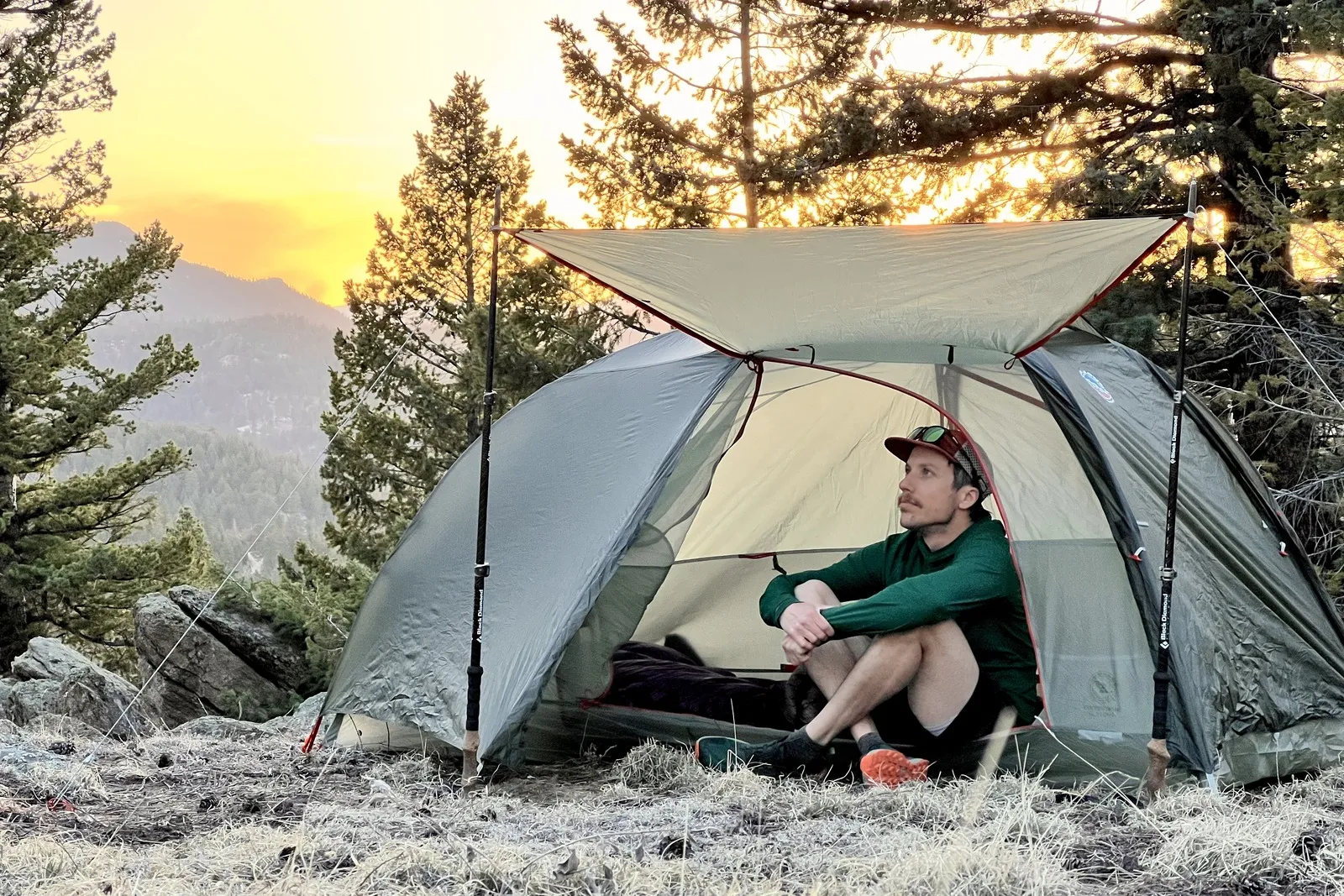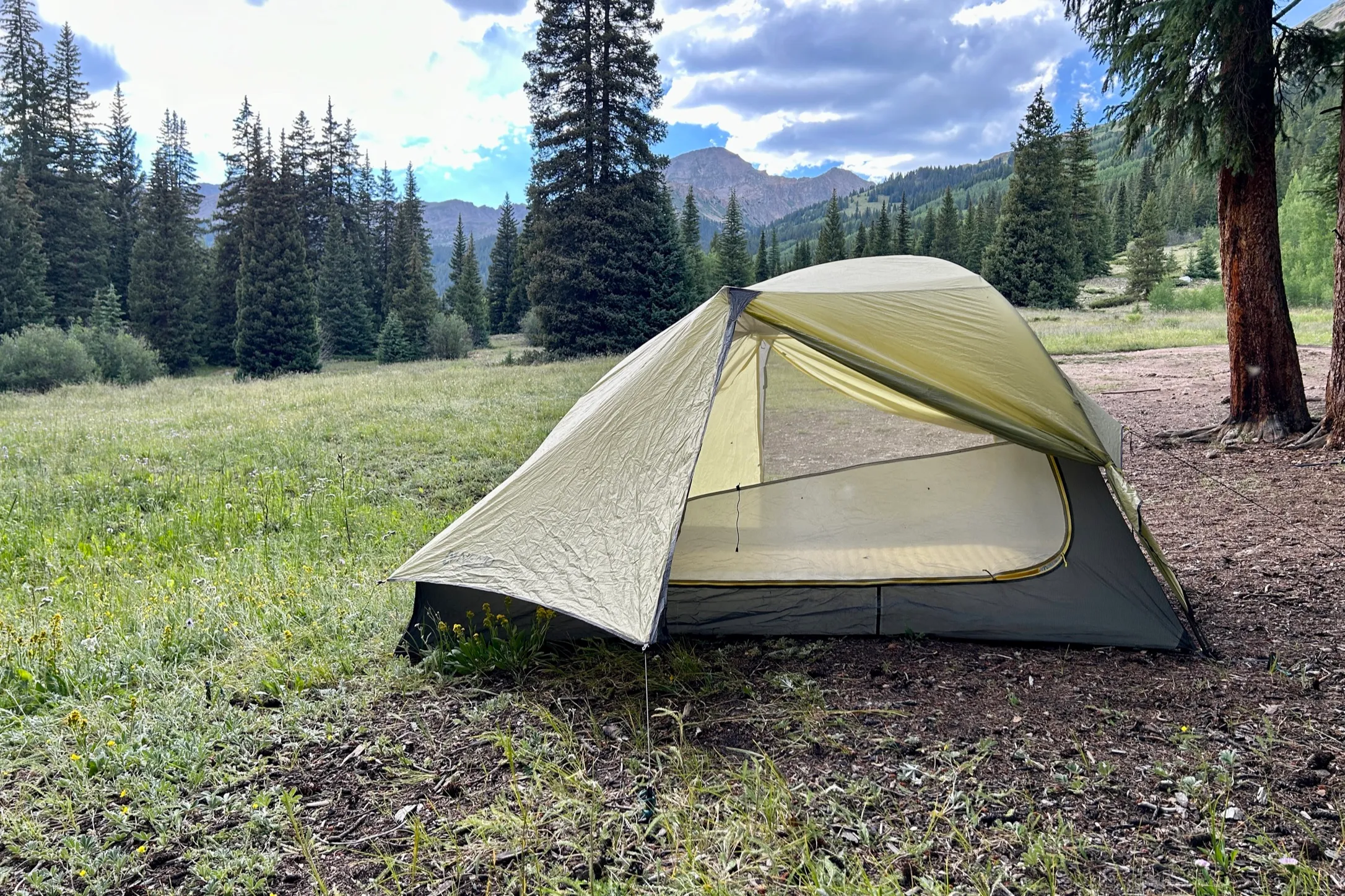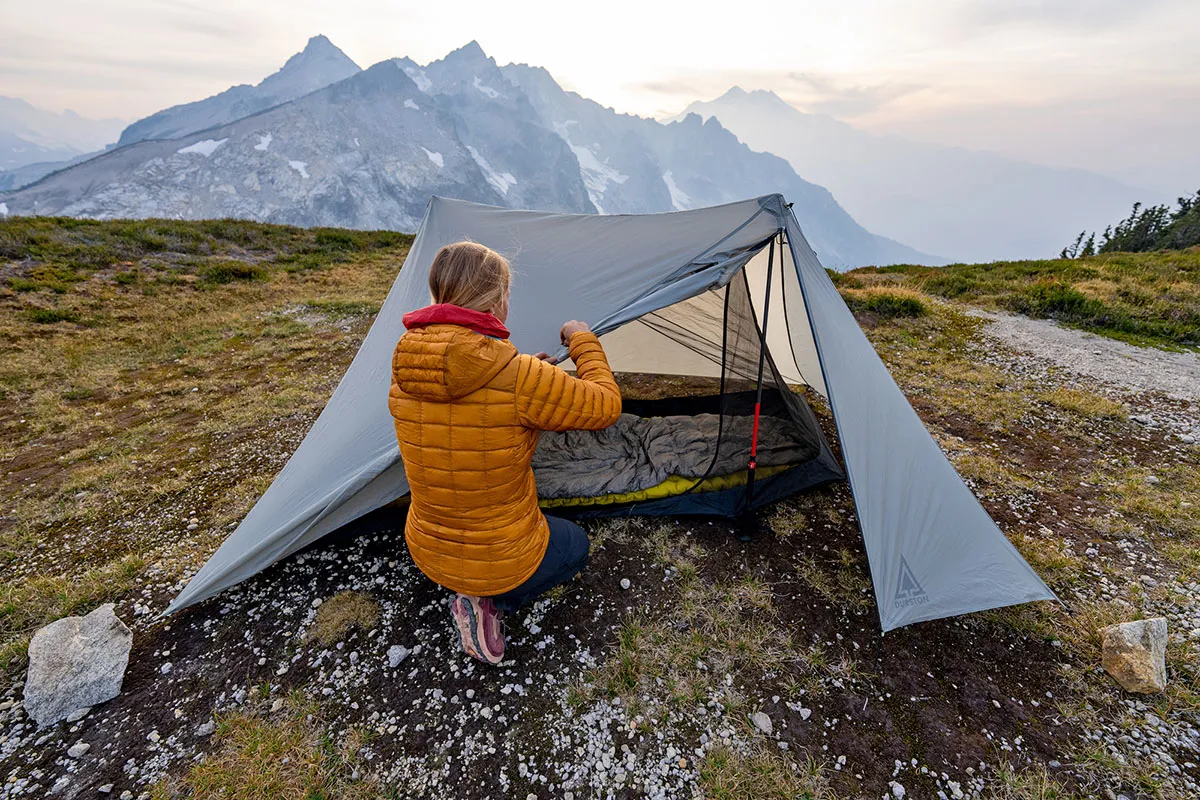
The Ultimate Guide to Lightweight Backpacking Tents: Top 10 Picks for 2025
What Makes a Backpacking Tent Lightweight?
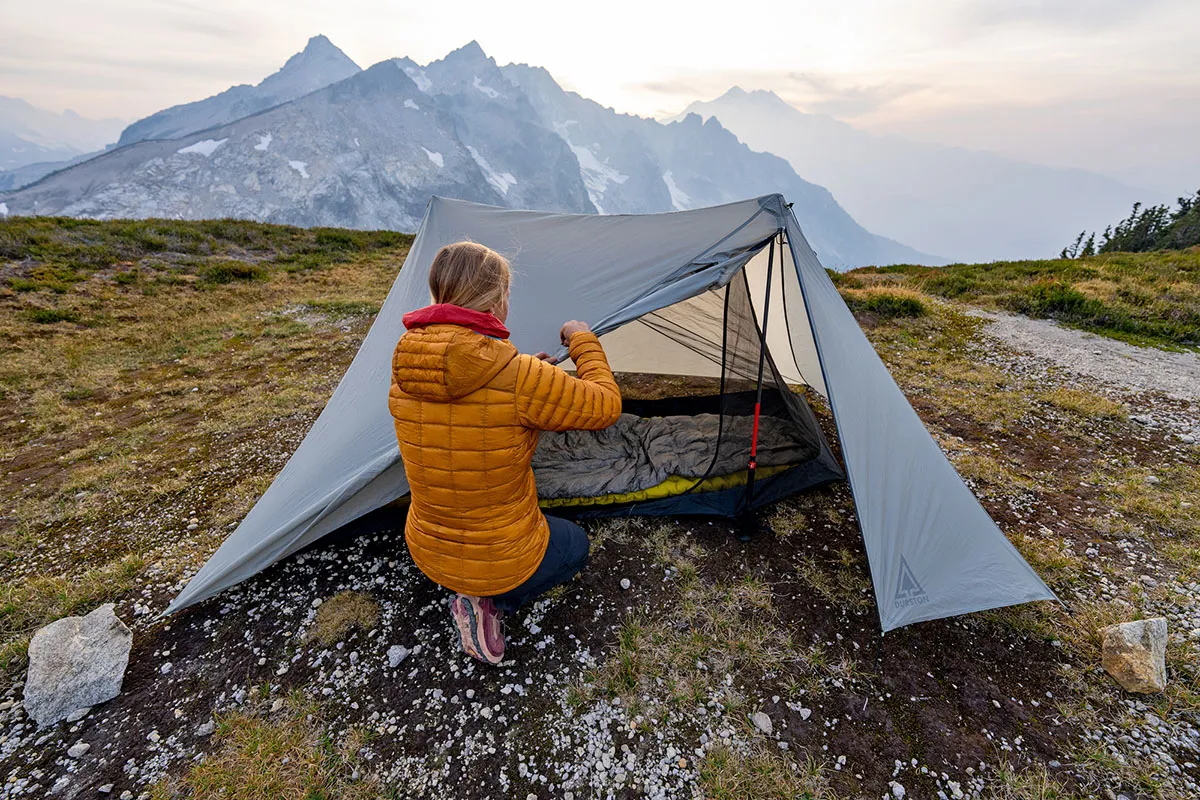
After testing dozens of tents on trails from the Pacific Crest Trail to the Appalachian Mountains, I've learned that a true lightweight backpacking tent typically weighs between 1 to 3 pounds. However, weight alone doesn't tell the whole story. The best lightweight backpacking tent achieves this low weight through careful material selection, innovative design, and strategic feature reduction without compromising essential performance.
During my recent thru-hike of the Colorado Trail, I carried a sub-2-pound tent for 500 miles and learned firsthand what separates great ultralight shelters from mediocre ones. The most important factors include fabric weight (typically 10-30 denier), pole material (carbon fiber vs aluminum), and construction methods like single-wall vs double-wall designs.
Weight categories I've observed in the field break down as follows: Ultralight (under 2 pounds), Lightweight (2-3 pounds), and Standard Lightweight (3-4 pounds). Each category serves different needs, and I've found that the sweet spot for most backpackers lies in the 2-3 pound range where you get excellent weight savings without sacrificing too much durability or livability.
The materials revolution has been game-changing for lightweight tent design. Dyneema Composite Fabric (DCF), while expensive, offers incredible strength-to-weight ratios. I've used DCF tents in everything from desert sandstorms to alpine snow, and they consistently outperform traditional nylon in weight and weather resistance. However, quality silnylon options can provide excellent performance at more accessible price points.
Top Lightweight Tent Categories
Freestanding vs Semi-Freestanding
In my experience testing tents across different terrains, freestanding tents offer unmatched convenience. They can be pitched on any surface – rocky ledges, sandy beaches, or wooden platforms. However, they typically weigh more due to additional pole structures. Semi-freestanding tents, like the popular ultralight 2-person options, require guy-lines at the foot but offer weight savings and often better storm performance.
Single-Wall vs Double-Wall
Single-wall tents are the lightest option, combining the rain fly and tent body into one piece. I've used them extensively in dry climates where condensation isn't a major concern. Double-wall tents, while heavier, provide better ventilation and condensation management – crucial for humid environments or cold-weather camping where your breath creates significant moisture.
Trekking Pole vs Traditional Pole Tents
Trekking pole tents achieve the lowest weights by utilizing hiking poles you're already carrying. During my John Muir Trail hike, my trekking pole tent saved nearly a pound compared to traditional alternatives. However, they require more skill to pitch properly and aren't suitable for hikers who don't use trekking poles. Traditional pole tents offer foolproof setup and often better livability.
Best Budget Lightweight Options
Naturehike Cloud Up 2 - Best Budget Pick
The Naturehike Cloud Up 2 has become legendary in the budget backpacking community, and after extensive testing, I understand why. Weighing just 4.2 pounds and costing under $150, it delivers remarkable value for money. This lightweight backpacking tent has accompanied me on numerous weekend trips and performed admirably in varied conditions.
While it lacks the refined materials and construction of premium tents, the Cloud Up 2 excels where it matters most for budget-conscious hikers. The aluminum pole structure is robust, the 20D nylon fabric withstands regular use, and the freestanding design eliminates setup complications. I've recommended this tent to dozens of beginning backpackers who later upgraded to premium models after gaining experience.
The double-wall construction provides excellent condensation management – crucial for a budget tent where material breathability might be limited. For those exploring 3-person ultralight solutions, Naturehike offers larger versions of this design at equally compelling price points.
Specifications:
- Weight: 4.2 pounds
- Capacity: 2 person
- Price: Under $150
- Setup: Freestanding
Other Notable Budget Options
The 3F UL Gear Lanshan 2 Pro offers exceptional value for trekking pole tent enthusiasts, weighing just 2.8 pounds for under $200. The Gossamer Gear The Two provides sub-2-pound performance at a fraction of Dyneema tent prices. For those seeking proven reliability, the older REI Quarter Dome series offers excellent weight-to-durability ratios when found on sale.
Complete Buying Guide
Weight vs Durability Trade-offs
Every ounce saved in a lightweight backpacking tent typically involves some compromise. Ultra-thin fabrics tear more easily, minimal pole structures flex more in wind, and reduced features mean less convenience. I've learned to match tent selection to trip type – ultralight tents for fast-and-light missions, moderate-weight options for extended expeditions where durability matters more than weight savings.
Seasonal Considerations
Three-season tents handle most backpacking conditions but struggle with heavy snow loads or extreme wind. Four-season options add weight but provide security in harsh conditions. I recommend most hikers start with a quality three-season lightweight backpacking tent and rent or borrow four-season gear for specific winter objectives until they develop expertise and trip frequency to justify the investment.
Setup Complexity
Freestanding tents offer foolproof setup but weigh more. Trekking pole tents achieve the lowest weights but require practice to pitch correctly. Semi-freestanding designs split the difference, offering good stability with moderate complexity. Consider your skill level and typical camping conditions when choosing between these options.
Essential Features to Consider
- Vestibule space: Essential for gear storage and cooking area
- Ventilation: Prevents condensation buildup in humid conditions
- Door configuration: Single vs double doors affect convenience for two people
- Interior space: Consider your height and gear storage needs
- Pack size: Important for limited backpack space
Pro Tips from the Trail
Footprint decisions: Skip the footprint for weight savings, but bring a Tyvek sheet for rocky campsites
Stake selection: Titanium stakes save weight but bend easily; carry a mix of titanium and aluminum
Seam sealing: Some budget tents require seam sealing before first use
Practice setup: Master your tent setup at home before heading into the backcountry
Conclusion
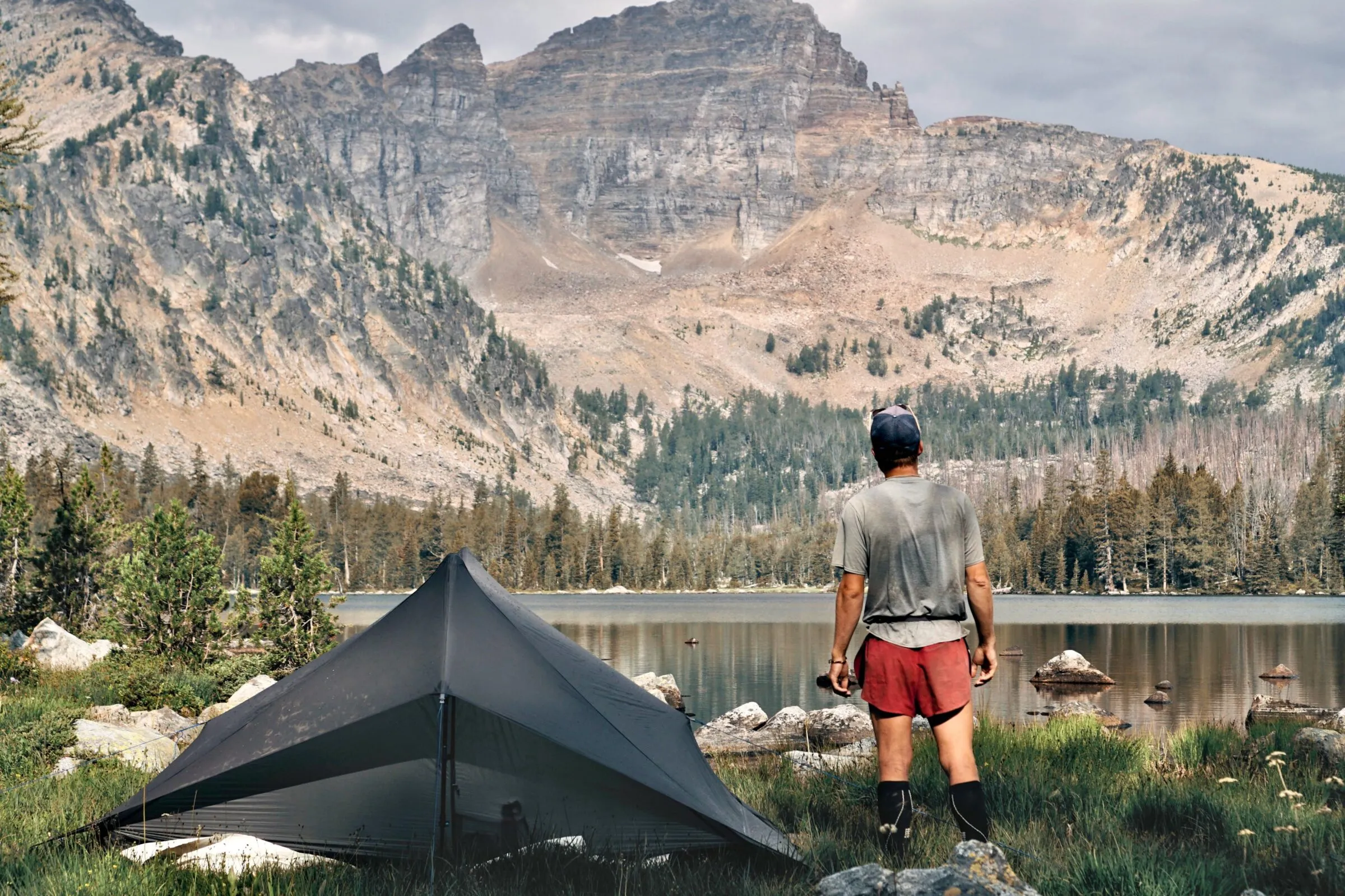
Choosing the perfect lightweight backpacking tent depends entirely on your specific needs, budget, and hiking style. After years of testing and thousands of miles carried, I've learned that the best lightweight backpacking tent is the one that matches your priorities – whether that's absolute minimal weight, bomb-proof durability, or maximum value per dollar spent.
For most backpackers, I recommend starting with the Big Agnes Copper Spur UL2 or NEMO Hornet OSMO 2P. Both offer excellent all-around performance with proven track records. Budget-conscious hikers will find exceptional value in the Naturehike Cloud Up 2, which delivers surprising performance at an accessible price point. Those seeking the ultimate in weight savings should consider trekking pole designs from established cottage manufacturers.
Remember that your tent is just one part of your shelter system. Proper site selection, quality sleeping gear, and weather awareness matter more than any specific tent feature. I've stayed comfortable in budget tents during storms while watching expensive shelters fail due to poor setup or site selection. Focus on developing skills alongside acquiring gear.
The lightweight tent market continues evolving rapidly, with new materials and designs appearing regularly. Keep following our lightweight tent reviews for the latest updates and field-tested recommendations. Whether you're planning your first overnight trip or your hundredth backcountry adventure, the right lightweight backpacking tent will enhance your outdoor experiences while keeping you safe and comfortable on the trail.
Happy trails, and may your tent stakes find good ground!


